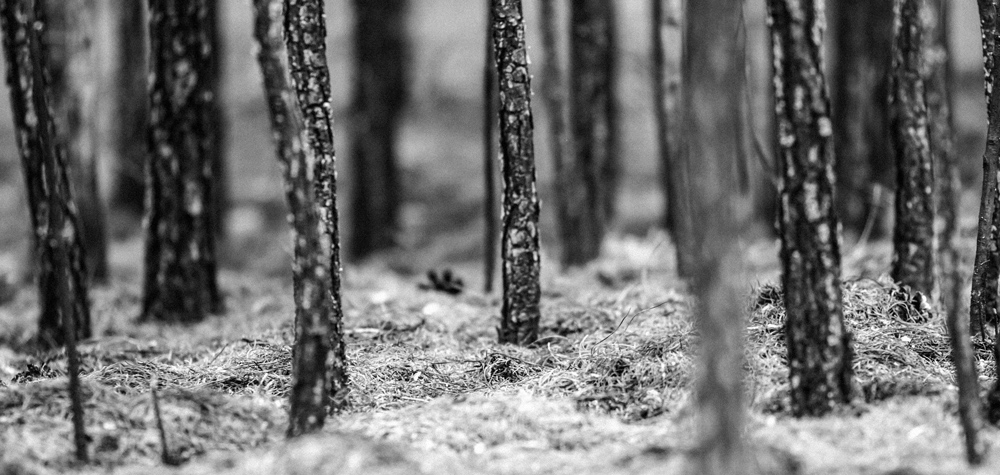by Mawer Investment Management, via The Art of Boring Blog
Something has been nagging at me in recent weeks. Like a word on the tip of your tongue, there has been something about markets that I haven’t been able to place. Not until equity indices were down across the board for five consecutive days last week did I finally realize what it was: markets are looking rather fragile these days.
On the face of it, this observation may seem patently obvious. However, it’s worthy of our increased attention as this “fragility” has been steadily building.
In the last few years, stocks have experienced tremendous gains globally. Very low interest rates and central bank intervention have contributed to impressive stock price appreciation. Price multiples have expanded, the equity premium has shrunk and valuations have gotten fuller. Investors have been able to trust that central bankers would always come to the rescue if things start to go south. In other words, we’ve had a tremendous tailwind for equity investors, with a nice little safety net underneath courtesy of central banks. But that landscape seems to be changing.
For a long time now, we’ve had very low interest rates and supportive monetary policy. In addition, valuations for equities seem full, at least from a historical perspective (unless you believe that interest rates will stay low for a lot longer). And earnings are— so far—not wholly supporting this valuation picture. Finally, policymakers are starting to acknowledge that they are out of ammo with monetary policy and the Federal Reserve is potentially raising interest rates in a month.
On their own, none of these factors would necessarily create fragility, but taken together, they seem to have created a precarious psychological environment. Investors seem twitchy. Indeed, we saw evidence of this unease in the reaction to Donald Trump regaining ground in national polls last week – the S&P 500 was down for nine consecutive days, something that hasn’t happened for over three decades.
Put simply, equity markets now seem particularly sensitive to adverse shocks. Like a forest that hasn’t caught fire in a while, we notice quite a bit of dead brush. Any jolt of investor sentiment and we may be in for a clearing.
Nassim Taleb discusses this kind of fragility in his book, Antifragile: Things that Gain from Disorder. He explains that a system with more downside than upside from random events (or certain shocks) is fragile. He shows that it is possible to detect this kind of fragility. For example, you can “easily tell that your grandmother is more fragile to abrupt changes in temperature than you, that some military dictatorship is more fragile than Switzerland should political change happen, that a bank is more fragile than another should a crisis occur, or that a poorly built modern building is more fragile than the Cathedral of Chartres should an earthquake happen.” He also rightly mentions that, “it is far easier to figure out if something is fragile than to predict the occurrence of an event that may harm it.”
This seems like a fitting description of present times. We may not know whether a pullback is coming, or what event could cause it, but, based on our observations, we can say that the risk of a forest fire seems higher. If this is the case, there are some important considerations.
First, if current investor psychology is truly fragile, future deviations from expectations may feel especially painful.
While it is possible for equity markets to continue on their gradual upward path, increasingly higher investor expectations makes this much more difficult.
Second, policymakers may want to take a look in the mirror. There is reason to believe that the commitments to policy prescriptions (such as quantitative easing programs and keeping benchmark rates low) that were made when market participants became nervous about growth, have contributed to fragility in financial markets. It would be naïve to imagine that this stimulus-response cycle has not had consequences. Now that monetary policy seems increasingly less effective, those policies that were implemented to create security have potentially left us more fragile. We are reminded of the overprotective parent who wraps their child in bubble wrap to go to school.
Third, there is still no reason to panic—even if the system is a more delicate now. The history of successful investing is not one of calm periods and good returns, but one of frequent volatility and success nonetheless. The best course of action for most investors is to invest according to a philosophy and process that makes sense over the long term and that can steer capital prudently through many different scenarios.
And lastly, a little forest fire is often a good thing. Regular clearing of the brush is healthy, and the occasional small fire is certainly preferable to a massive inferno.
This post was originally published at Mawer Investment Management














